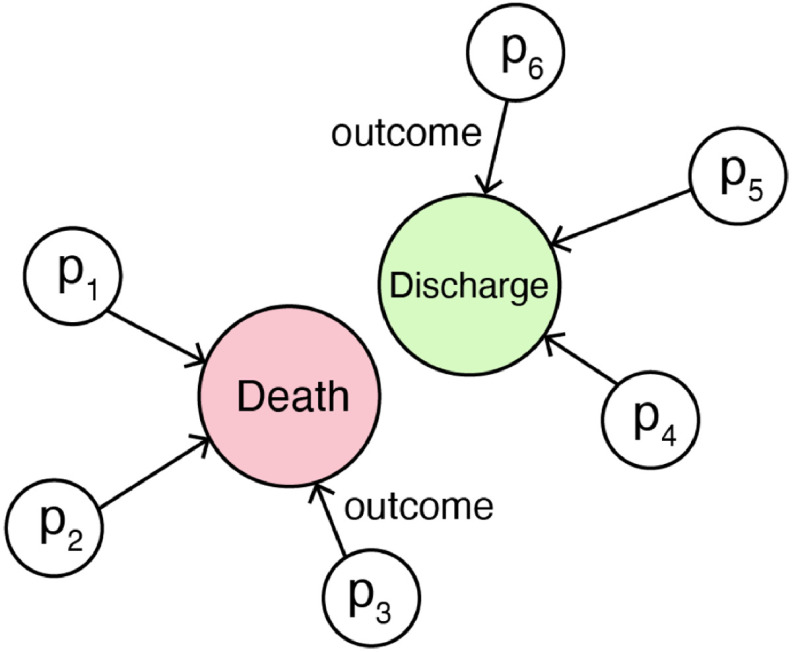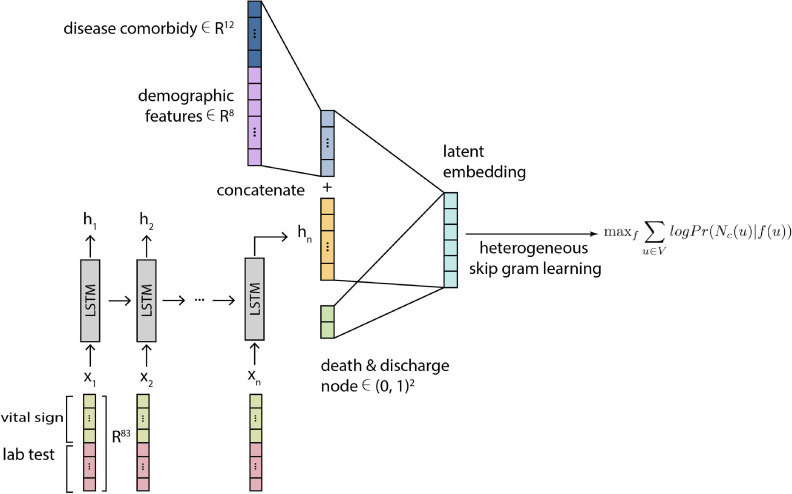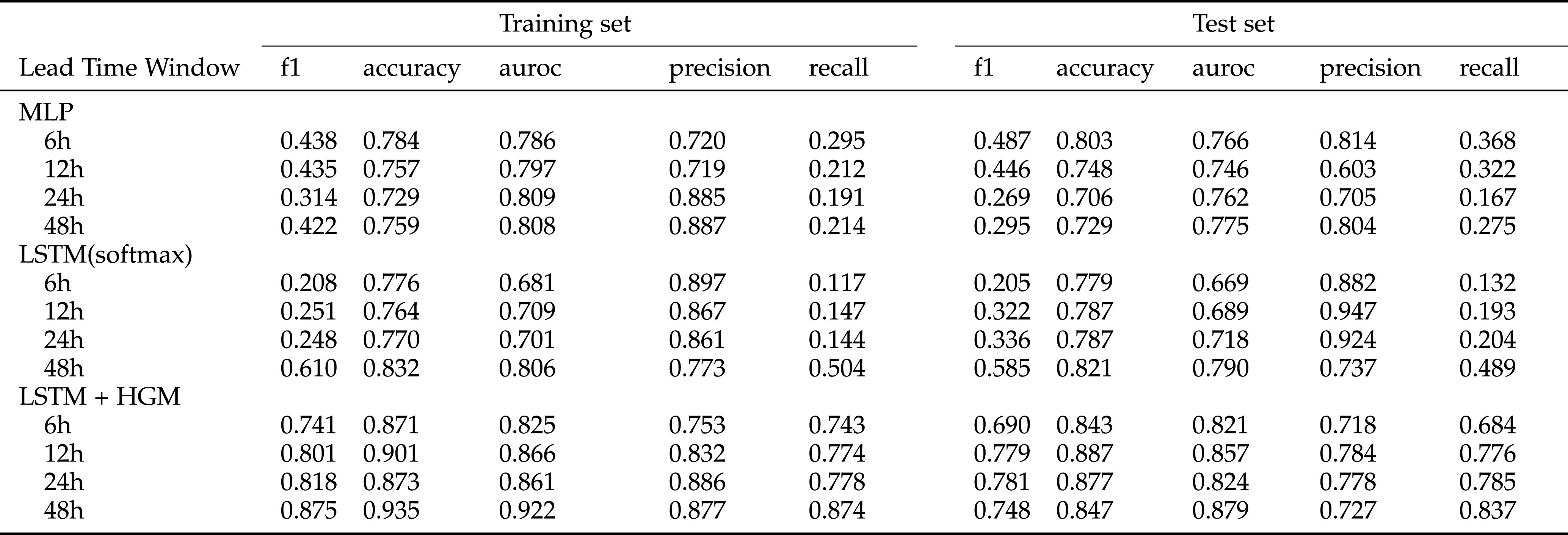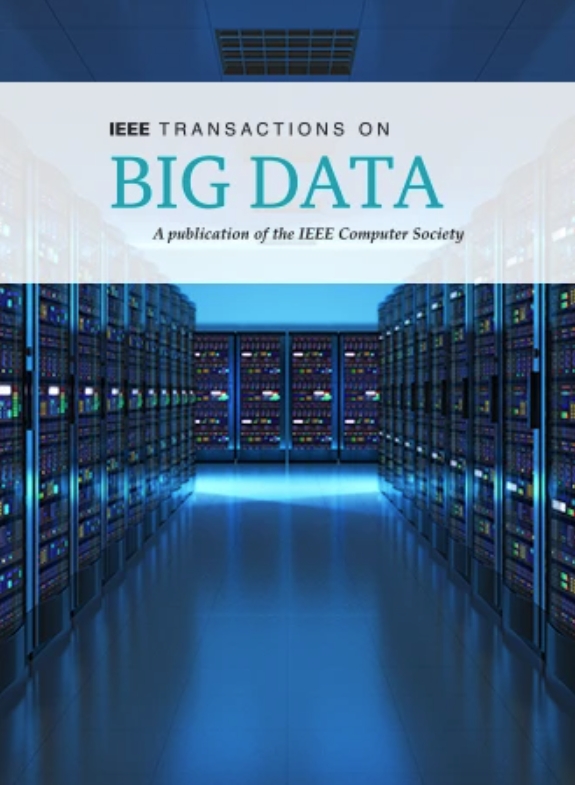Relational Learning Improves Prediction of Mortality in COVID-19 in the Intensive Care Unit
IF 7.5
3区 计算机科学
Q1 COMPUTER SCIENCE, INFORMATION SYSTEMS
引用次数: 8
Abstract
Traditional Machine Learning (ML) models have had limited success in predicting Coronoavirus-19 (COVID-19) outcomes using Electronic Health Record (EHR) data partially due to not effectively capturing the inter-connectivity patterns between various data modalities. In this work, we propose a novel framework that utilizes relational learning based on a heterogeneous graph model (HGM) for predicting mortality at different time windows in COVID-19 patients within the intensive care unit (ICU). We utilize the EHRs of one of the largest and most diverse patient populations across five hospitals in major health system in New York City. In our model, we use an LSTM for processing time varying patient data and apply our proposed relational learning strategy in the final output layer along with other static features. Here, we replace the traditional softmax layer with a Skip-Gram relational learning strategy to compare the similarity between a patient and outcome embedding representation. We demonstrate that the construction of a HGM can robustly learn the patterns classifying patient representations of outcomes through leveraging patterns within the embeddings of similar patients. Our experimental results show that our relational learning-based HGM model achieves higher area under the receiver operating characteristic curve (auROC) than both comparator models in all prediction time windows, with dramatic improvements to recall.



关系学习改善重症监护病房新冠肺炎死亡率预测
传统的机器学习(ML)模型在使用电子健康记录(EHR)数据预测冠状病毒肺炎(新冠肺炎)结果方面取得的成功有限,部分原因是没有有效地捕捉各种数据模式之间的相互联系模式。在这项工作中,我们提出了一种新的框架,该框架利用基于异质图模型(HGM)的关系学习来预测重症监护室(ICU)内新冠肺炎患者在不同时间窗的死亡率。我们利用了纽约市主要卫生系统五家医院中最大、最多样化的患者群体之一的EHR。在我们的模型中,我们使用LSTM来处理时变患者数据,并将我们提出的关系学习策略与其他静态特征一起应用于最终输出层。在这里,我们用Skip Gram关系学习策略取代了传统的softmax层,以比较患者和结果嵌入表示之间的相似性。我们证明,HGM的构建可以通过利用相似患者嵌入中的模式,稳健地学习对患者结果表示进行分类的模式。我们的实验结果表明,在所有预测时间窗口中,我们基于关系学习的HGM模型在接收器工作特性曲线(auROC)下的面积都比两个比较器模型高,召回率显著提高。
本文章由计算机程序翻译,如有差异,请以英文原文为准。
求助全文
约1分钟内获得全文
求助全文
来源期刊

IEEE Transactions on Big Data
Multiple-
CiteScore
11.80
自引率
2.80%
发文量
114
期刊介绍:
The IEEE Transactions on Big Data publishes peer-reviewed articles focusing on big data. These articles present innovative research ideas and application results across disciplines, including novel theories, algorithms, and applications. Research areas cover a wide range, such as big data analytics, visualization, curation, management, semantics, infrastructure, standards, performance analysis, intelligence extraction, scientific discovery, security, privacy, and legal issues specific to big data. The journal also prioritizes applications of big data in fields generating massive datasets.
 求助内容:
求助内容: 应助结果提醒方式:
应助结果提醒方式:


